Cultivating More Than a Garden
What if a garden could do more than grow plants? What if it could cultivate peace of mind, reflect the seasons and embody centuries of philosophy? Welcome to the world of Japanese gardening, where every stone, stream and space has a deeper meaning.
Japanese gardens invite you to slow down, breathe deeply and reconnect with the natural world. Whether you’re visiting Japan or crafting a tranquil space at home, understanding these gardens opens a window into the soul of Japanese aesthetics from simple stones to beautiful bonsais.
Keep your bonsai looking fresh by shopping our gardening tools!
Core Design Principles: More Than Meets the Eye
At the heart of every Japanese garden lies a deep respect for nature and simplicity. Rooted in Shintoism and Buddhism, the design principles embrace the transient and imperfect, a philosophy known as wabi-sabi.
- Kanso (簡素): Simplicity and the elimination of clutter are central. Each element is carefully chosen, contributing to a sense of calm and clarity.
- Asymmetry: Rather than rigid symmetry, gardens favor natural irregularity, evoking the unpredictable beauty of the wild.
- Borrowed Scenery (shakkei 借景): Views of distant mountains, trees, or architecture are subtly incorporated, extending the garden beyond its borders.
- Enclosure: Pathways, walls, or plantings create spaces that feel sheltered, ideal for introspection and stillness.
- Symbolism: Rocks might represent islands, while a gravel raked in waves suggests the ocean. These metaphors invite layered interpretation.
- Harmony and Respect: Each feature honors its surroundings, fostering a sense of peace of mind (heijōshin, 平常心) and balance between people and their environment.
Cultural and Historical Roots: From Temple Grounds to Teahouse Corners
Japanese gardening evolved over centuries, taking influence from Chinese landscapes during the Han Dynasty and then developing its own distinctly Japanese aesthetic from the Nara period onward. Early gardens at imperial palaces emphasized grandeur, but over time, a shift toward introspection emerged, particularly with the rise of Zen Buddhism and the tea culture of chado (茶道).
During the Meiji Restoration, Japan opened to the West, and gardens adapted again, blending traditional techniques with new ideas. Yet the core remained: a reverence for the seasons, the climate of Japan, and timeless philosophy.

Key Elements and Materials: Nature As Artist
Every Japanese garden uses a carefully curated palette of materials. Each piece whether stone or stream helps contribute to the narrative:
- Stones (ishi 石): The bones of the garden. They symbolize permanence and are often arranged in purposeful groupings.
- Moss (koke 苔): A symbol of age and tranquility, moss softens hard edges and thrives in Japan’s humid climate.
- Water (mizu 水): Ponds, streams, and waterfalls suggest purity and movement. Even in dry gardens, raked gravel mimics flowing water.
- Plants: From Japanese maples (momiji 紅葉) to flowering azaleas, seasonal color is key.
- Lanterns (tōrō 灯籠) and bridges: Stone or wooden, they guide and frame the experience.
- Bamboo fencing and arbors provide natural enclosures and transitions between garden spaces.
Symbolism and Spiritual Meaning: Heaven on Earth
In Japanese gardening, form and spirit are intertwined. A pond might represent the sea, a hill the sacred mountains venerated in Shintoism. The concept of kami (神) spirits inhabiting all things, reminds us that stones, trees, and water are alive with energy.
Elements are placed to balance yin and yang energies, creating a dynamic tension that breathes life into stillness. Features may be designed to deter negative forces, like twisting paths that confuse evil spirits, or concealment that gradually reveals beauty.
This notion of the passing of the seasons is ever-present, offering a gentle reminder of life's impermanence, and encouraging us to savor the present.
Practical Techniques: Where Art Meets Gardening
Creating a Japanese garden is not about perfection, it's about presence.
- Niwaki (庭木): The art of pruning trees to reveal their ideal form, often evoking the wind-shaped silhouettes found in nature.
- Bonsai (盆栽): A miniature reflection of large landscapes, bonsai teaches patience and respect for growth.
- Stone arrangement: Stones are not randomly placed, their shape, orientation, and grouping are laden with intent.
- Raked gravel: In karesansui (枯山水) or dry gardens, patterns in gravel reflect waves, movement, or even meditative thought.
- Karikomi and tamamono: Rounded shrub sculpting techniques that bring rhythm and softness to a garden's structure.

Types of Japanese Gardens: A Garden for Every Space
There is no single “Japanese garden” rather, a diverse family of styles adapted to different contexts:
- Zen Gardens (karesansui): Minimalist, dry gardens meant for contemplation.
- Tea Gardens (roji 露地): Intimate paths leading to a teahouse, embodying humility and preparation.
- Promenade Gardens (kaiyūshiki 回遊式): Designed to be experienced in motion, often circling a pond.
- Courtyard Gardens (tsuboniwa 坪庭): Small-scale oases found in urban homes and inns.
- Island-Pond Style: Evoking mythical landscapes or Taoist immortality islands.
A Garden Is a State of Mind
Japanese gardening is more than a hobby; it’s a way of seeing the world. It teaches patience, humility, and the beauty of restraint. Whether you’re strolling through a Kyoto temple or tending moss in your own corner of the world, these gardens remind us that every season, every stone, and every sip of tea holds meaning.
Explore further by visiting a Japanese garden near you, trying your hand at bonsai gardening with our carefully selected Japanese pruning shears.
In doing so, you’re not just cultivating a garden, you’re cultivating presence.


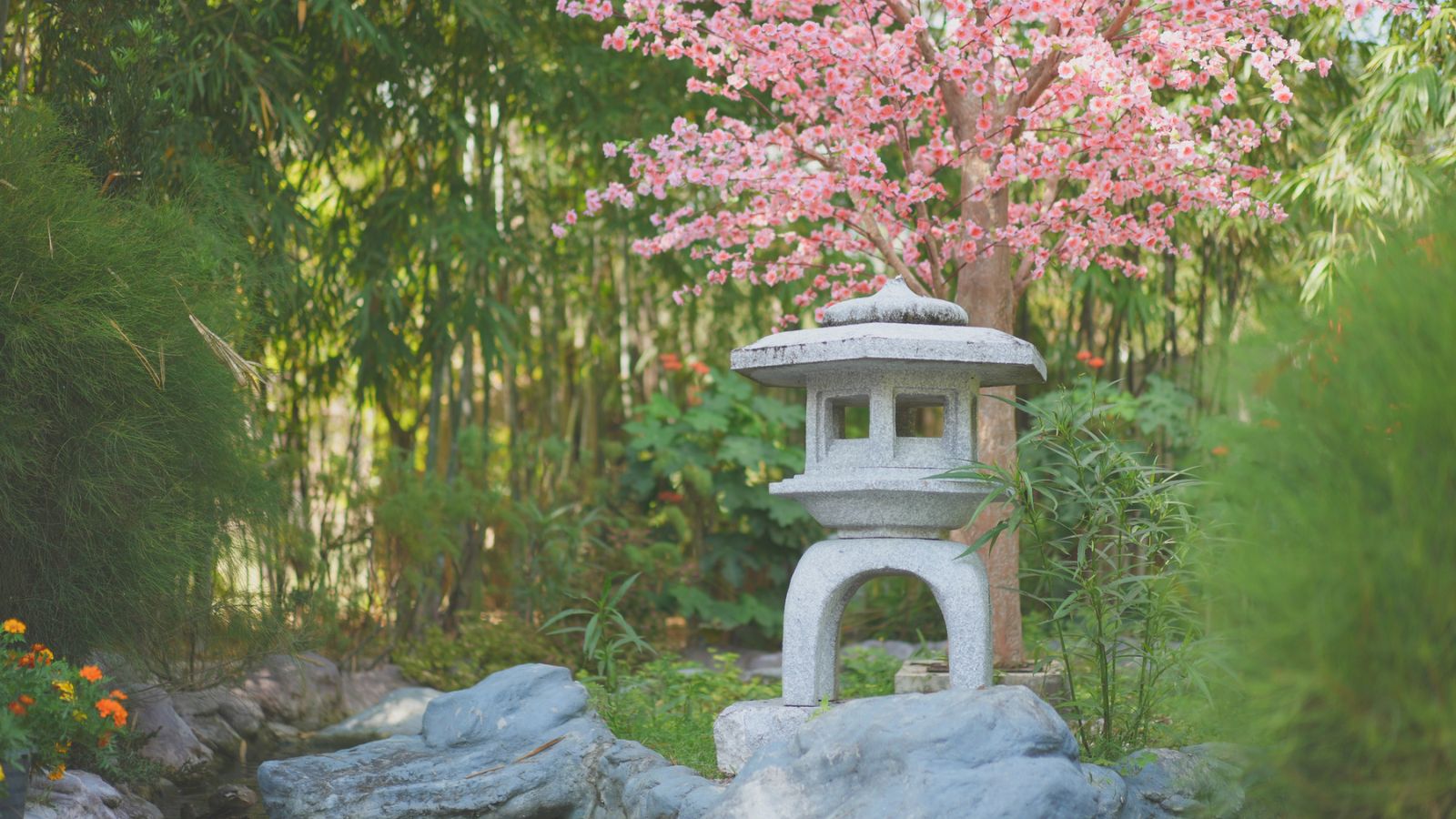


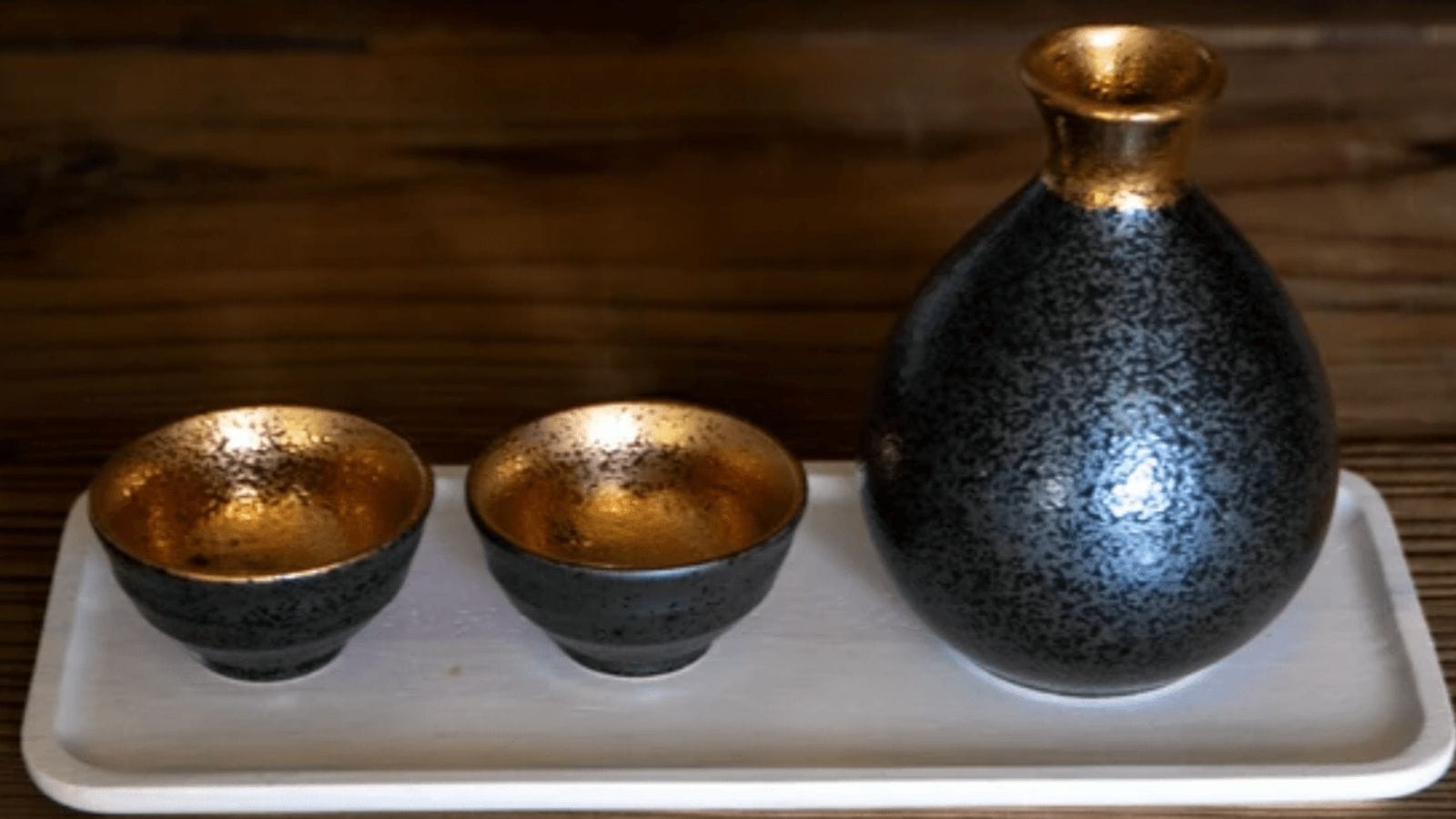


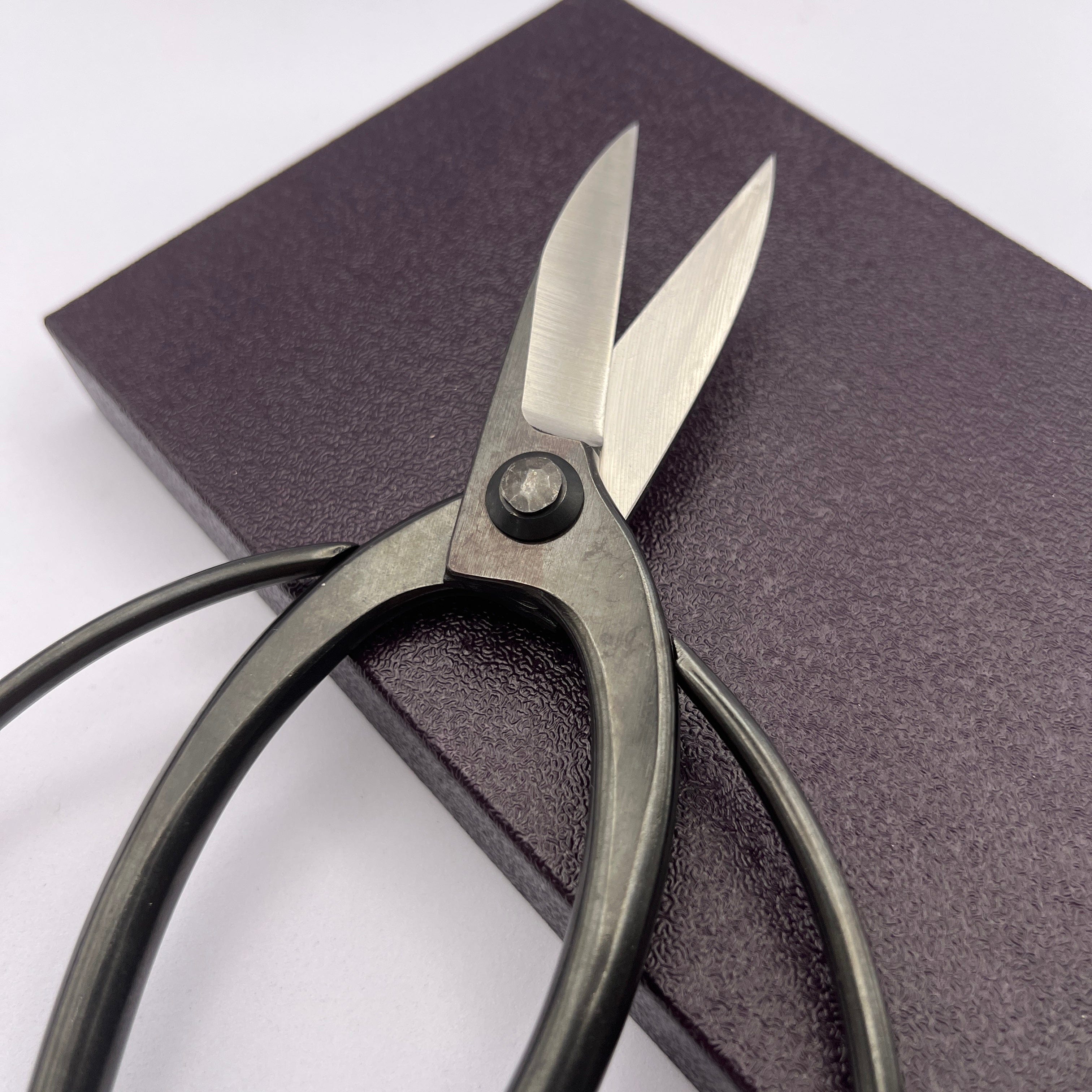

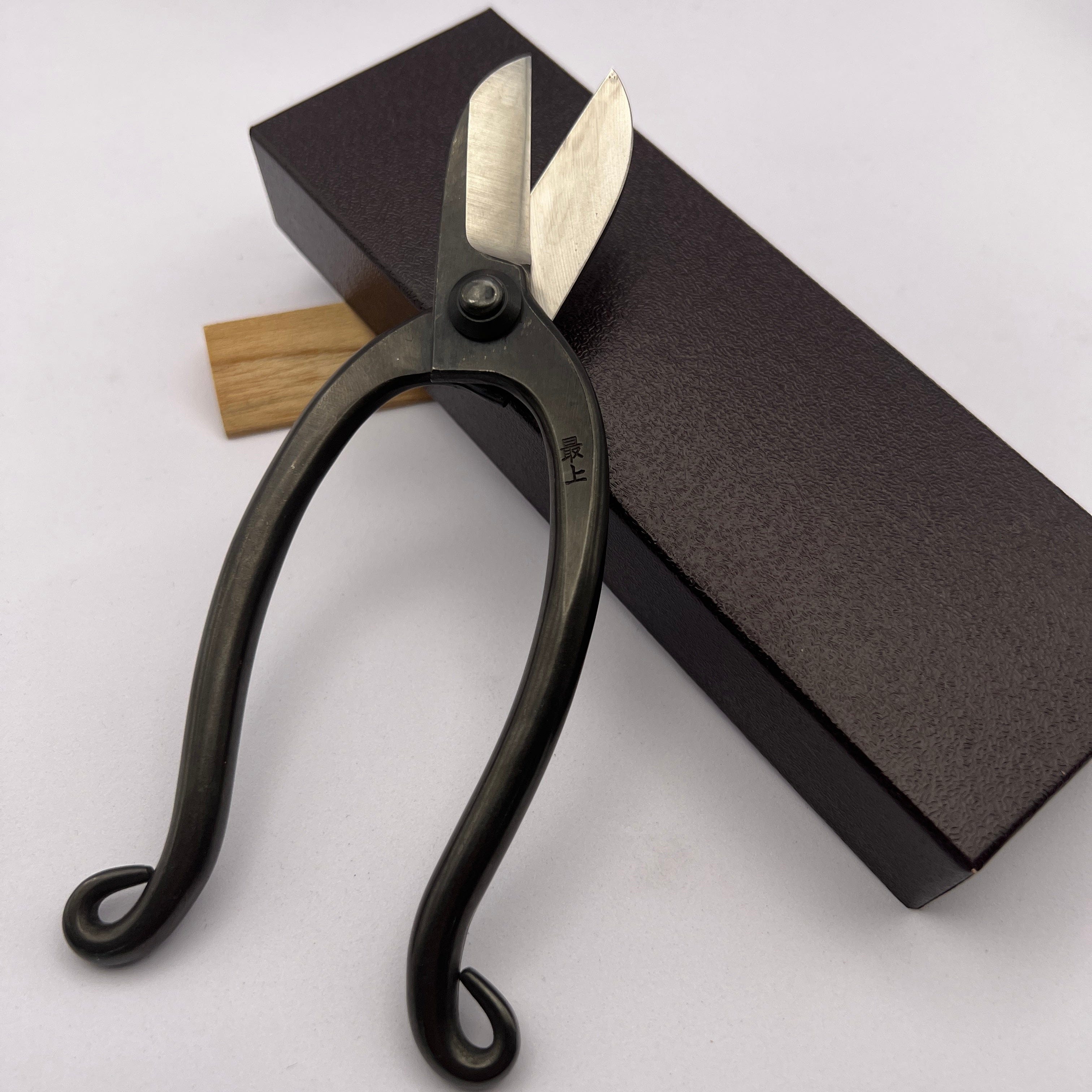
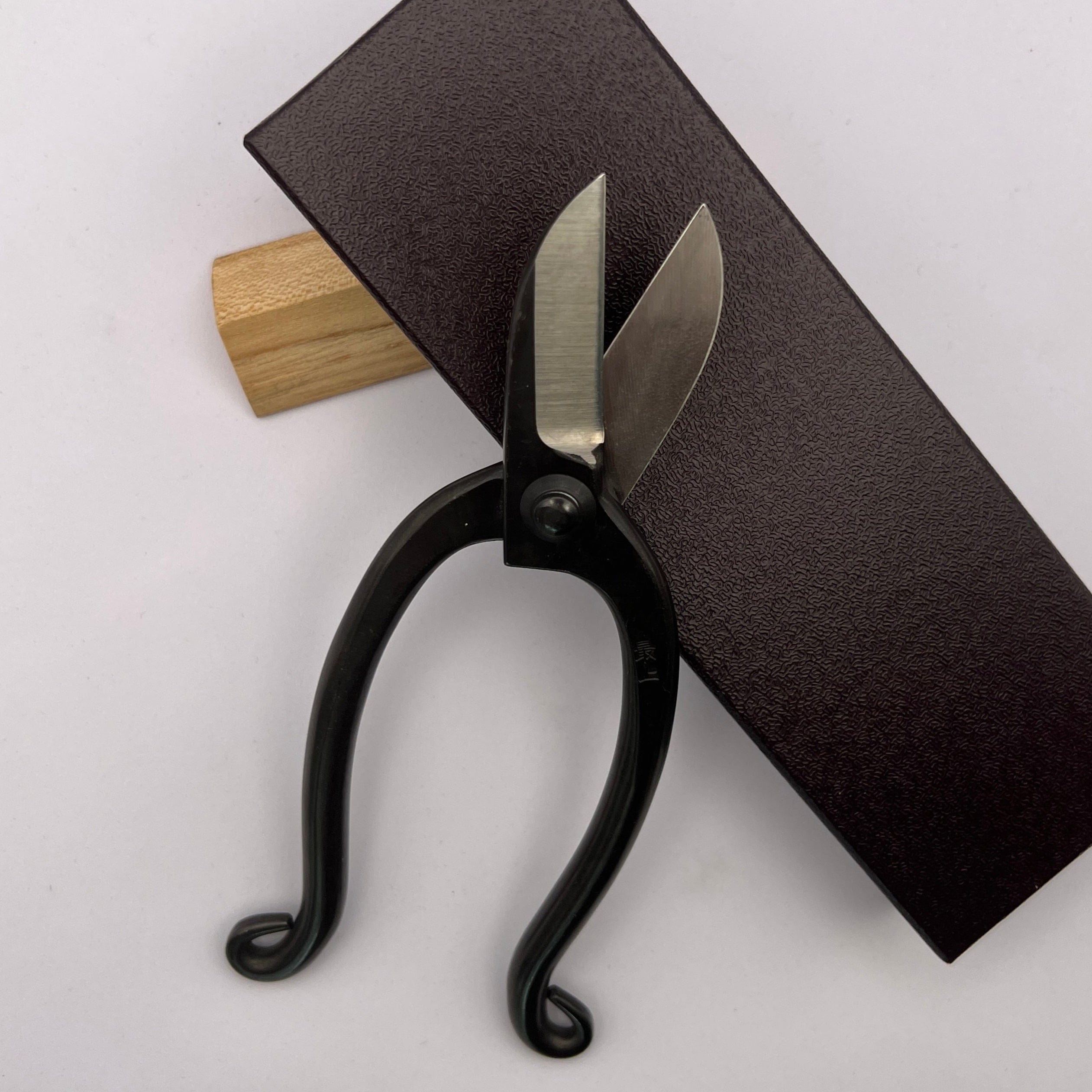


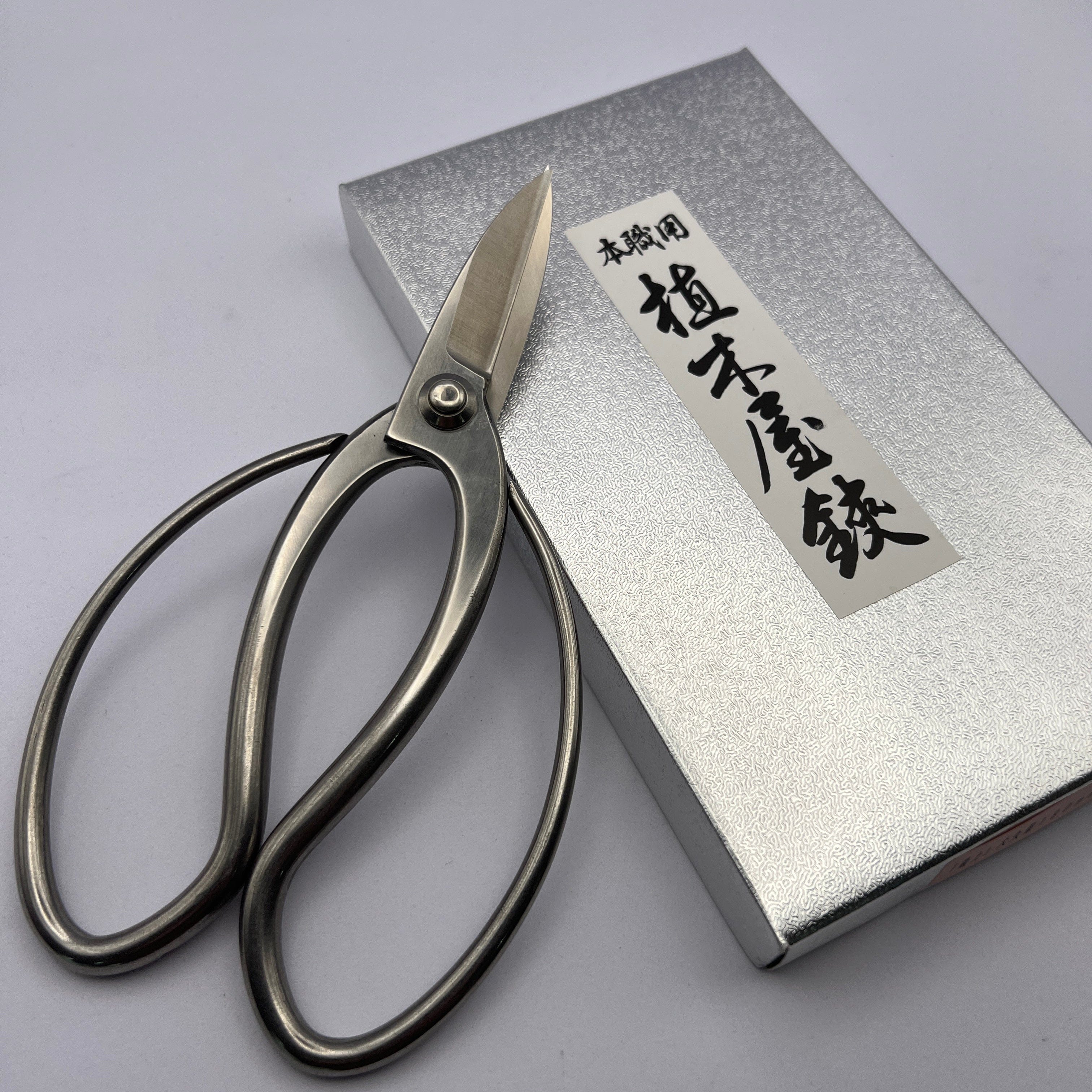







Share: